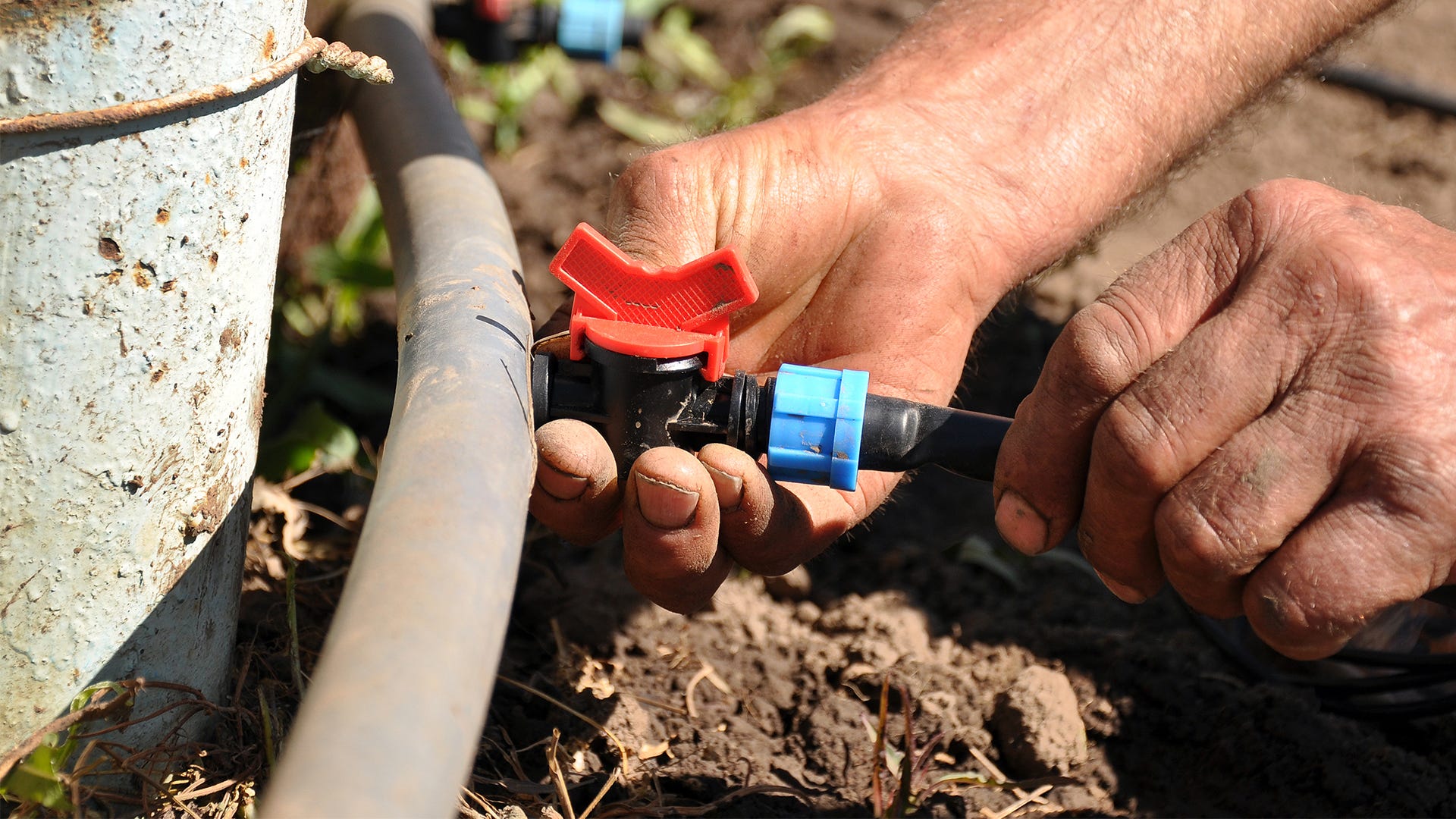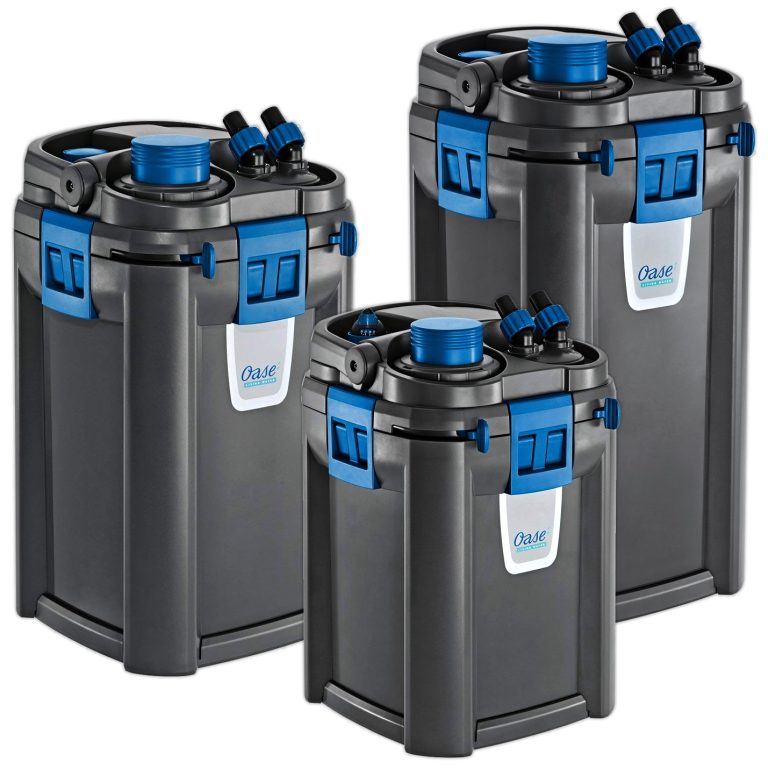How to Quickly Fix Aquarium Leaks: Expert Tips
To fix an aquarium leak, first, drain the water and locate the source of the leak. Once found, apply an aquarium-safe sealant to seal the leak.
Aquarium leaks can be a frustrating and costly problem for fish owners. If left unaddressed, a leak may cause significant water damage to floors, furniture, and walls. Fortunately, fixing a leaky aquarium isn’t an impossible task. The key is to act quickly and methodically.
In this article, we’ll explore the most common causes of aquarium leaks, how to locate a leak, and repair it using aquarium-safe sealants. With these tips and a little patience, you’ll be back to enjoying your aquarium in no time.

Credit: www.wikihow.com
Troubleshooting And Detecting Leaks
Signs Of Aquarium Leaks
Ensuring that the aquarium is in a leak-free condition is vital for the health and safety of the aquatic animals and your home. The first step is to identify any signs of an aquarium leak. Here are the common signs to look out for:
- Water on the floor around the aquarium
- A smell of moisture or dampness
- A sudden decrease in water level
- Visible cracks on the tank
Tools To Quickly Identify Leaks
The sooner you detect a leak, the lesser the damage to your aquarium equipment and living creatures. To quickly identify an aquarium leak, here are the ideal tools to possess:
- Flashlight
- Paper towels
- Dye or food coloring
- A ruler or measuring tape
How To Determine The Source Of Leaks
It can be challenging to pinpoint the exact source of an aquarium leak, but it’s necessary to fix it correctly and prevent a recurrence. Here are the steps to follow to locate the spot and fix the leak:
- Water level observation: Start by verifying that the aquarium’s water level is below the point of the suspected leak.
- Remove decor: Take out any decor, electrical equipment, or substrate from the aquarium to allow a clear view of the perimeter and base.
- Dry the surface: Prepare the area to be dry by wiping surfaces with a clean towel before proceeding.
- Inspect the aquarium: Check the glass walls, seams, and joints carefully by shining a flashlight at different angles.
- Use dye or food coloring: Add some dye or food coloring to the water to make it easier to trace the leak’s source.
- Note the location: Identify the exact location of the leak and mark it for the necessary repair.
- Repair the tank: Based on the type and magnitude of the leak, seal it using an aquarium-safe sealant or replace the damaged parts.
Now that you know how to detect and troubleshoot aquarium leaks, you can ensure that your aquatic pets are healthy, secure, and thriving. Remember to keep an eye on any suspicious activity around your aquarium regularly.
Fixing Minor Leaks
Aquarium leaks can happen to anyone, no matter how diligent you are in maintaining your tank. When they do occur, it’s essential to act quickly to prevent potential damage to your aquarium and its inhabitants. Fixing a minor aquarium leak is relatively easy, and you can do it with a few tools and materials.
In this section, we will walk you through fixing minor leaks, step-by-step.
Materials Needed For Fixing Minor Leaks
Before starting, make sure you have the necessary materials on hand. The following are the things you need to fix minor aquarium leaks.
- Epoxy
- Putty knife
- Silicone sealant
- Razor blade or glass scraper
- Hose clamp
- Towels
Step-By-Step Guide On How To Fix Minor Leaks
Follow these steps to fix minor leaks in your aquarium.
- Turn off the filter, pump, and heater before attempting any repairs.
- Empty the water from the tank. Have towels on standby to soak up any leaks.
- Remove any decorations or plants that might obstruct repair efforts.
- Use a razor blade or glass scraper to clean off any debris, algae, or grime from the leak’s location.
- Apply epoxy putty to the leak’s location. Smooth out any excess with a putty knife.
- Wait for the putty to dry, usually about 24 hours.
- Apply silicone sealant over the dried epoxy. Allow the sealant to dry for another 24 hours.
- Refill the tank with water and turn on the equipment.
- Check for signs of further leaks before adding any fish or plants to the aquarium.
Tips For Ensuring A Successful Repair
To ensure that you fix your aquarium leak successfully, follow these tips.
- Before starting, make sure you have everything you need on hand.
- Turn off all of the equipment before attempting any repairs.
- Be careful when removing decorations or plants to avoid any further damage.
- Clean the area around the leak thoroughly.
- Apply enough epoxy to cover the leak.
- Allow enough time for the epoxy to dry before applying silicone sealant.
- Ensure the silicone sealant is completely dry before refilling the tank.
- Keep an eye on the repair and be on the lookout for any signs of further leaks.
Fixing minor aquarium leaks is relatively easy as long as you follow these step-by-step instructions and tips. Acting quickly can prevent potential damage to your aquarium and its inhabitants, so it’s essential to identify and fix leaks as soon as possible.
With a few materials and some patience, you can repair minor leaks in no time.
Repairing Major Leaks
How To Identify Major Leaks
Major leaks in an aquarium can be easily identified by following these simple steps:
- Check for any visible cracks or holes in the aquarium glass or acrylic.
- Look for any water dripping from the aquarium.
- Use dye to check for leaks. Add dye to the water in the aquarium and observe if the dye seeps out from any specific spot.
- Pay attention to any unusual sounds, such as bubbling or gurgling, coming from the aquarium.
Materials Needed For Repairing Major Leaks
Before you start repairing major leaks, you will need the following materials:
- Epoxy or silicone sealant
- Razor blade or scraper
- Sandpaper or sanding block
- Tape
- Paper towels or rags
How To Fix Major Leaks
Here are the steps to follow when fixing major leaks:
- Drain the aquarium completely.
- If the leak is at the bottom of the aquarium, turn the aquarium over so that the bottom becomes the top.
- Use a razor blade or scraper to remove any old sealant or adhesive from the area around the leak.
- Use sandpaper or a sanding block to sand the area around the leak. This helps to create a rough surface for the new sealant to adhere to.
- Place a piece of tape on each side of the leak to prevent the sealant from spreading too far.
- Apply a thin layer of epoxy or silicone sealant to the leaky area.
- Use a plastic spoon or your finger to smooth out the sealant and ensure it covers the entire leaky area.
- Wait for the sealant to dry completely before applying a second coat if needed.
- Once the sealant is dry, turn the aquarium back over and fill it with water.
- Leave the aquarium for 24 hours to ensure that the sealant has dried and the leak is fixed.
Precautions To Take Before Starting Repairs
Before you start any repairs, it is important to take some precautions for your safety:
- Wear gloves and eye protection to protect yourself from sharp glass or acrylic.
- Keep cleaning materials, such as paper towels or rags, nearby in case of spills or leaks.
- Read any instructions on the sealant before using it.
- Make sure that the aquarium is completely drained before starting repairs.
Preventing Future Leaks
Aquarium leaks can be frustrating and costly, but the good news is that they can be prevented. By following some simple tips, you can avoid recurring leaks in the future. Here are some useful insights to help you prevent future aquarium leaks.
Causes Of Recurring Leaks
Identifying the root causes of recurring leaks in your aquarium is crucial. Below are some of the most common reasons why aquariums leak.
- Poor quality silicone: Aquarium silicone can eventually degrade and fail due to the harsh environment inside the aquarium. Old, cheap or low-quality silicone can signal a failure waiting to happen.
- Physical damage: Accidents can happen, and the glass can crack or break due to external factors such as bumps or drops. Avoid putting too much weight on your aquarium or knocking it over as this can lead to leaks.
- Aquarium setup: Incorrect placement of the aquarium can affect the structural integrity of the aquarium, causing it to leak. A water leak can be initiated from an empty aquarium as well as a full aquarium, so make sure you set up your aquarium on level, sturdy ground with a solid foundation.
Tips For Preventing Aquarium Leaks
Now that you understand the main causes of recurring leaks, here are some tips that can help you prevent future leaks.
- Regularly inspect your aquarium: Conduct a weekly or monthly check on your aquarium. Look out for any cracks, scratches or bulging corners and seal any gaps with aquarium-safe silicone.
- Properly install and level your aquarium: It’s important to make sure your aquarium is placed on a flat and sturdy surface. Follow manufacturer’s guidelines for setting up your aquarium.
- Use high-quality silicone sealant: Don’t compromise on the quality of silicone sealant used. Always opt for a high-quality product even if it costs more up front.
- Avoid overcrowding and overfilling your aquarium: Overcrowding your aquarium or overfilling your water level can cause undue stress on the seams causing leaks. Make sure your aquarium is appropriately stocked and don’t overload it with equipment.
- Conduct periodic aquarium maintenance: Dirt, algae or deposits can put pressure on seals. Clean your aquarium regularly with a non-toxic aquarium-safe cleaner.
Remember, taking preventive measures for aquarium leaks is essential. Being observant, careful and proactive will save you time, money, and ultimately your aquarium and its inhabitants.
Frequently Asked Questions For How To Fix Aquarium Leak
How Do I Know If My Aquarium Is Leaking?
You may notice water on the floor or the water level dropping. Check for cracks, bubbles or wet surfaces.
What Are The Common Causes Of Aquarium Leaks?
The common causes of aquarium leaks are cracks, broken seals, and poor installation or maintenance.
Can I Fix An Aquarium Leak Myself?
Yes, you can fix a minor aquarium leak yourself using a sealant. For major leaks, it’s best to call a professional.
How Much Does It Cost To Fix An Aquarium Leak?
The cost to fix an aquarium leak depends on the severity of the leak and if you hire a professional. It can range from $5 to $500.
Conclusion
After reading this guide, fixing an aquarium leak should no longer seem like an insurmountable task. Remember to take your time and carefully assess the situation before attempting any repairs. It’s crucial to use the correct tools, sealants, and materials to ensure that your aquarium remains safe for your aquatic inhabitants.
Regular maintenance and inspection can prevent leaks from occurring in the first place. Additionally, having a backup plan in case of emergency can give you peace of mind. With these tips in mind, you can be confident that you have the knowledge and skills necessary to fix any aquarium leak that may arise.
Happy fishkeeping!






